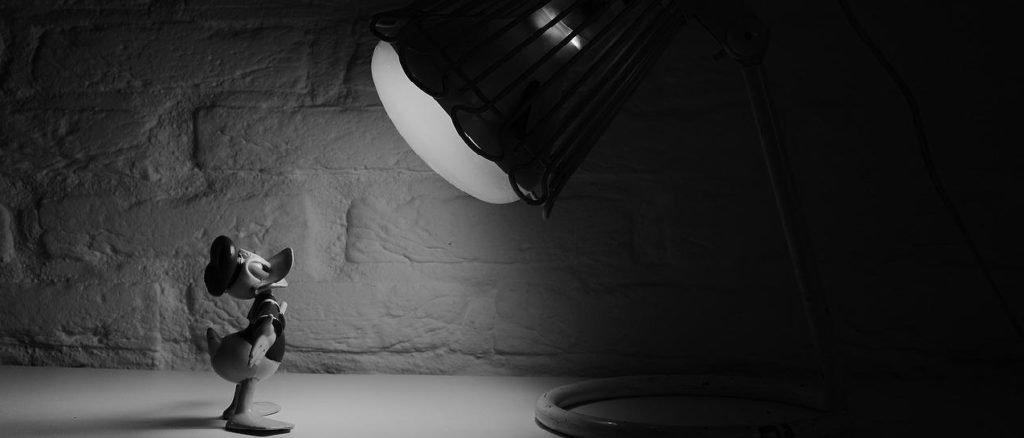This market research report was originally published at the Yole Group’s website. It is reprinted here with the permission of the Yole Group.
Yole Group’s analysts’ foresight was on point prior to the iPhone 14 Pro launch in 2022: The smartphone giant Apple chose InP in under-display proximity sensors, as also revealed by Yole SystemPlus’ teardown. However, this year things are set to change…
Ali Jaffal and Ezgi Dogmus, part of the compound semiconductor & Emerging substrates team at Yole Intelligence, invite you today to deep dive into photonic technologies, with a particular focus on compound semiconductors. Both experts give a relevant snapshot of the technologies used in smartphones and technology choices made by the leading smartphone manufacturer, Apple.
Enjoy reading this new article and stay tuned next week with Apple’s announcement!
![]()
Yole Intelligence and Yole SystemPlus are part of Yole Group. This analysis has been extracted from the following products: InP 2022 – SWIR 2023 – VCSELs 2022 (2023 edition coming soon – More info.) – 3D Imaging & Sensing 2023 – Status of Compound Semiconductor Industry 2022 (2024 edition coming soon – More info.)
In a remarkable twist, the GaAs photonics industry has orchestrated another “Remontada” for GaAs VCSELs, this time scoring big with Apple’s upcoming iPhone 15 models. The familiar pill-shaped design, akin to the iPhone 14 Pro models, will make its return. However, the star of the show will be the 940 nm GaAs-based proximity sensor, replacing the 1380 nm under-display InP-based sensor featured in the iPhone 14 Pro models. According to the most recent Photonics GaAs and InP Compound Semiconductor Market Monitor from Yole intelligence, part of Yole Group, Apple’s cautious approach towards deploying under-display InP lasers and sensors seems to be rooted in cost-effectiveness, potential supply chain considerations, and complicated integration of InP edge-emitting-lasers below OLED, making GaAs a more attractive choice. The “new” GaAs VCSELs will enable compact sensors with a smaller form factor, fitting within the pill-shaped enclosure.
In addition to the proximity sensors, several GaAs device players have also demonstrated new multimode VCSELs with stable polarization, ultracompact dynamic illumination, and sensing with back-side emitting VCSEL arrays to support increased demand for advanced VCSEL sources in consumer electronics. These new lasers could improve the quality of the overall sensing system, thus enabling a positive user experience and power saving. In addition, they support further miniaturization demands in smartphone applications by combining the dot projector and flood illuminator in one chip. Product diversification is a must for all players in the industry to make smaller and more integrated systems.
Will these new VCSELs be used in the next Apple products in the coming years? The race for advanced and compact VCSELs in consumer electronics is ON. Who will have the final word – Trumpf, Coherent, Sony, Lumentum, or AMS Osram? Several players will certainly be involved. All eyes will be on Apple again.
“This shift towards GaAs-based proximity sensors in the iPhone 15 family may well send ripples throughout the InP industry. Earlier this year, we witnessed GaAs players like Freiberger and Trumpf venturing into the InP business, driven by InP’s adoption in consumer applications. The question now remains: will this transition signify a slowdown in investments and capacity expansion in the InP photonics industry?”
Ali Jaffal
Technology and Market Analyst for Compound Semiconductors and Emerging Substrates, Yole Intelligence (part of the Yole Group)
The year 2023 has been very challenging for InP players. First, a severe slowdown in the optical communications segment, and now InP penetration in the smartphone is coming to an end. Will we see a comeback for InP in the coming years in other consumer applications, or can GaAs make its way into under-display 3D sensing applications?
Stay tuned on www.yolegroup.com for further information!
Yole Group is glad for the opportunity to meet its customers and business partners, establish new contacts, and help drive their business forward. Feel free to converse with Yole Group’s analysts and look through the latest market, technology, reverse engineering and reverse costing analyses, and follow the industry evolution on yolegroup.com. Feel free to ask for any questions : HERE.


